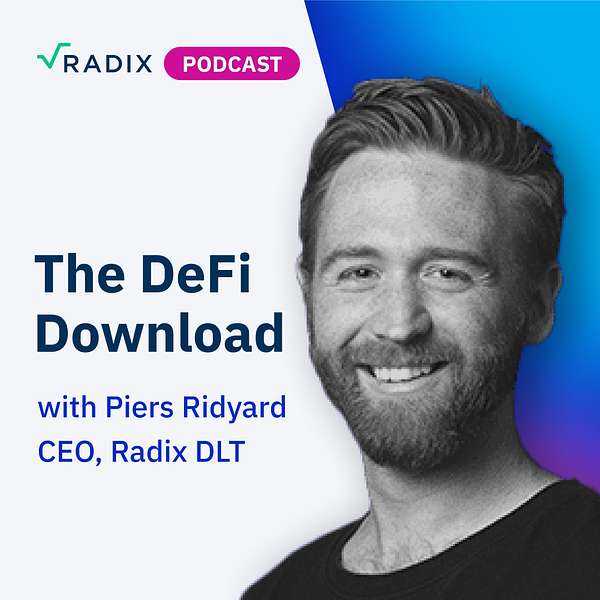
The DeFi Download
The DeFi Download
PsyFi: Best-in-class financial products & tools – built for everyone
In this episode of the DeFi Download, Tommy Johnson, Core Contributor of PsyFi, joins Piers Ridyard to discuss their two-sided DeFi marketplace for structured products, which allows users to earn yield on their assets and traders to hedge or leverage their portfolio.
Summary
PsyFi offers products such as covered calls, secured puts, and spread structured products, which PsyFi wraps up and tokenizes. The PsyFi team is developing a market-making vault product where users can deposit two-sided liquidity and earn fees based on participating in and providing liquidity for trades.
Piers and Tommy explain what a structured product is and use covered calls as an example to discuss how the PsyFi platform works. They discuss the risks and rewards of PsyFi's covered call options compared to over-collateralized borrow-lending products like Aave. They also discuss the market need for a riskier product like PsyFi and the usefulness of buying covered calls or secured puts for market actors who have a directional view or want to hedge their positions.
Key takeaways
- PsyFi is a decentralised finance platform that allows users to trade options on Solana.
- A covered call is a selling strategy in which the user sells calls week-to-week, taking the position that the price of the underlying asset will not cross the strike price by the expiration date of the call.
- PsyFi's covered call options provide a 0.35% weekly return and 12% APY but can result in users making lots of money or suddenly losing money depending on the volatility of the asset. They are riskier than over-collateralized borrow-lending products like Aave.
- PsyFi's structured products provide an opportunity for people to earn impressive yields on their assets, but they require a directional view and are not a leave-it-and-see-what-happens kind of product.
- Buyers of PsyFi's structured products include speculators with market opinions and more institutional market makers who may be hedging across their book.
Chapters
[01:07] The definition of structured products
[02:15] How a covered call works on the PsyFi platform
[04:42] Does the trader's profit from a PsyFi covered call come from the user's Solana?
[05:22] Selling volatility and making money through covered calls on PsyFi
[06:21] What is the expected return on a two-week covered call on Solana?
[06:50] The risks and rewards of PsyFi's covered call options compared to Aave's over-collateralized borrow-lending products
[08:02] Why does the market need a riskier product like PsyFi?
[09:20] What functionalities do buyers of covered calls or secured puts need, and why are these products necessary?
[10:50] Using covered call options for asset exposure and risk hedging in DeFi
[14:03] Are people primarily using the PsyFi protocol for hedging or speculation?
[15:41] How does collateralization work in PsyFi's covered call scenario, even if a portion of assets have been sold?
[17:20] Capital efficiency in options markets and borrow-lend protocols
[20:12] How a high-interest rate environment has affected the market for structured products in decentralised finance
[21:34] How has PsyFi responded to the higher yield environment created by the Fed?
[24:23] Democratising market maker returns in DeFi with a delta-neutral vault
[26:11] How does PsyFi evaluate market makers before granting access to capital?
[27:43] PsyFi’s launch date
[28:03] Where to find out more about PsyFi
Further resources
- Website: psyfi.io
- Twitter: @PsyOptions
- Documentation: docs.psyfi.io